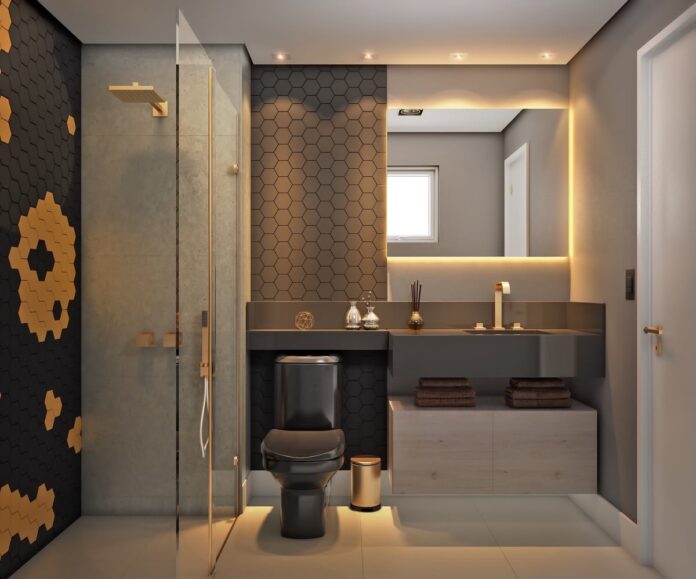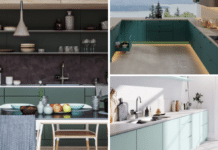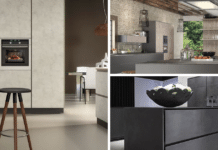As we move into a new decade, interior designers rush to predict future trends in our homes. While many of us think of all the available future tech, much of that is already here! Faucets that don’t require touch, toilets with bidets, and different showerheads are all on the market.
How many envision a bathroom with lots of silver metal, classic white tiles, and all this tech? So much of this imagery comes from imagining living in space colonies 50 years ago, lacking color and metal everywhere.
Current Bathroom Trends Worth Emulating
The vision of the future of bathroom interiors will probably surprise more people than you think! Let’s see what bathroom trends will affect us this year and in the future!
Looks Like It’s Going Green
Having plants and flowers in your space will bring more life to your bathroom. This can add natural green colors, texture, and a light fragrance.
The nice part is with easy access to water, plants are easy to maintain, especially those that thrive in humidity. However, this doesn’t mean ANY plant will do well in the bathroom.
Plants like aloe vera, bamboo, and orchids do well in the bathroom. However, you must know how much sunlight a plant can get to maintain its health.
Wood Will Make More of an Appearance in Bathroom Interiors
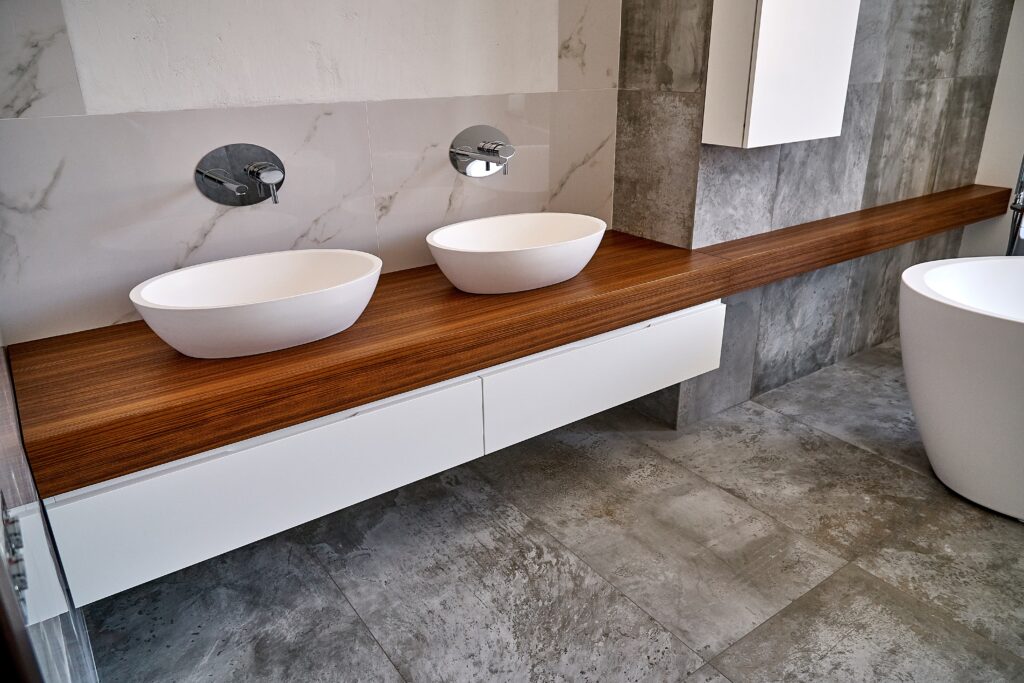
Wood is usually found only in bathroom vanities or other furniture because it does not normally do well with water. However, sealants and modern design make the wood texture more usable in the bathroom without fear of rotting.
Wood tiling on floors and walls adds a nice neutral texture to the bathroom as an alternative to white. The emphasis is on using real wood patterns rather than veneers or faux textures. While wood simulations are prevalent, they don’t have the same feel as real wood in space.
Freestanding Tubs

Tubs are becoming large statement pieces and are no longer incorporated into the walls. They have become the centerpieces of the bathroom and can demand attention in any bathroom. There are ways to incorporate the tub seamlessly into the bathroom without visible pipes, keeping in trend with more minimalism.
Since these tubs are standalone, they remind people of a different kind of tub: the hot tub. Homeowners are installing jacuzzi jets into their tubs to enhance the luxury of their bath experience.
Tubs that are still built into the walls use clear glass around them to add spaciousness to a bathroom. While these glass panels are transparent, they still provide a sense of privacy despite being fully see-through.
Floating Modern Vanities
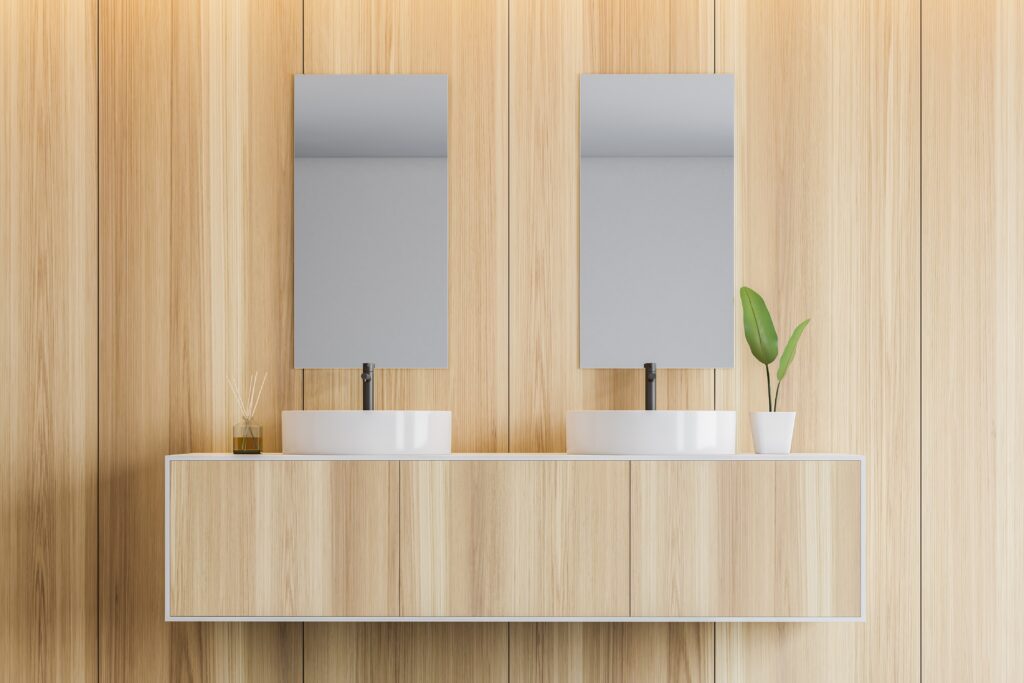
Minimalism influences this trend of objects taking up less space in the room. Part of this movement includes installing vanities into the wall so they appear floating without contact with the ground.
This can make the room look more spacious and store items that could not normally fit into vanity cabinets. Floating vanities are also ADA (Americans with Disabilities Act) compliant and can accommodate those with mobility issues or wheelchairs.
Creating a floating vanity is a major renovation since the structure has to be bolted into the wall for support. The space under a floating vanity makes cleaning easier, making the room simpler to maintain.
However, standing on it to reach tall spaces or sitting on it is never advised, even if it looks sturdy.
Colored Bathroom Sinks
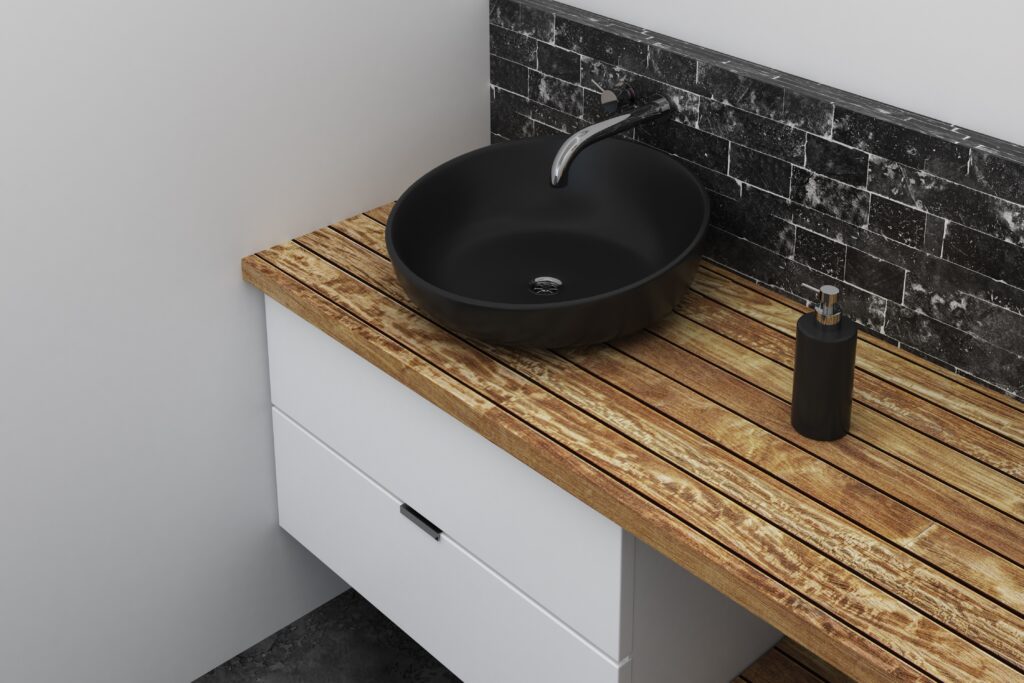
This trend may be affected by a similar trend in kitchens, where the emphasis is placed on a unique sink. People use the sink more than any other appliance in the bathroom. It’s logical to pay more visual attention to the sink, although we are used to its function more than its appearance.
This means fewer vanity bathroom tops with the sink seamlessly incorporated into the surface. Custom-colored sinks are usually under-mounted, but that means ensuring the opening fits the sink perfectly.
A colored sink may also be a misnomer; it’s not just the color change itself that’s in trend. The sink details, like an unusual structure or a pattern in the basin, highlight the bathroom.
We are used to solid-colored sinks with textures of ANY kind that will stand out. The right amount of detail matters more than ample patterns.
Minimal Effective Lighting
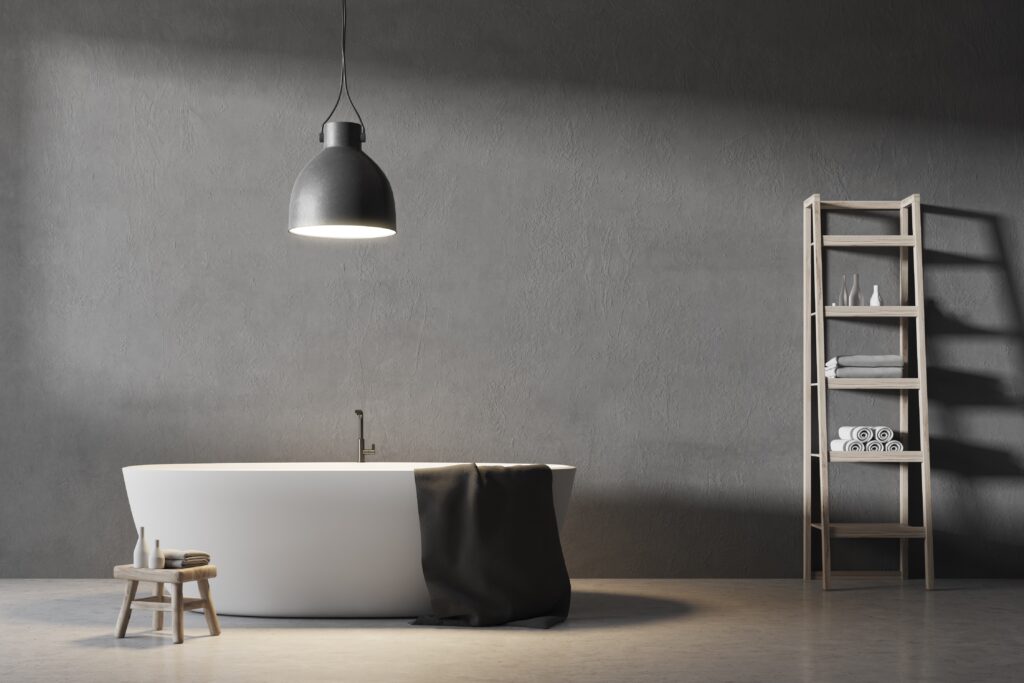
Bathrooms definitely need lighting for people to perform their functions, so we are used to having the most light possible.
Thanks to LEDs, we no longer need large fluorescent bars in our bathrooms, which make them look glaring. Light-emitting diodes produce brighter light without heat or big bulbs, and we can shrink their size without losing light.
The most popular example is small, long bars above or in sconces beside the bathroom mirror. Mirrors like Tona’s also produce ambient light around the frame at the push of a button.
Matte Surfaces
Another departure from traditional bathrooms is that we are trending towards less reflective surfaces in our bathrooms rather than glossy ones. The picture of the typical bathroom involves porcelain surfaces and shiny metals that are polished to show their cleanliness.
However, matte surfaces make surfaces less bright and reflective, which people say feels calmer and more relaxing in a space. This coincides with the choice of materials that are also popular, like wood, which tends to be less shiny naturally.
Yet, of all the matte colors, matte black draws the most attention. It starkly contrasts the white bathrooms we are used to seeing.
Going For The Gold, or At Least Not Silver
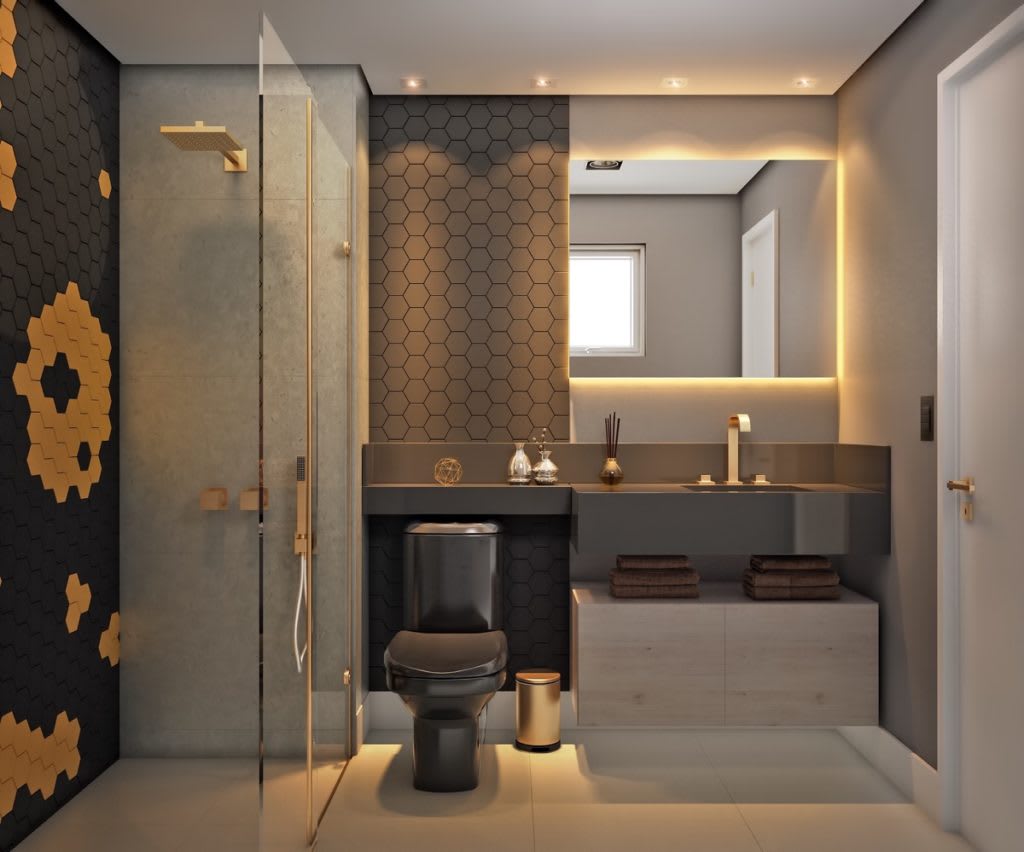
As we move into darker colors for your bathroom, we’re starting to see gold and brass as optimal hardware choices. Other popular hardware choices are matte black and bronze, especially oil-rubbed bronze, which has a deep chocolate color.
However, silver-toned metallics like stainless steel or chrome seem out of trend for the forthcoming year.
For the longest time, we’ve seen many of our bathroom fixtures as silver. It is such an expected color that when we see “not silver,” we immediately notice. Because so much silver in the bathroom immediately blends into the background, other hues will stand out.

